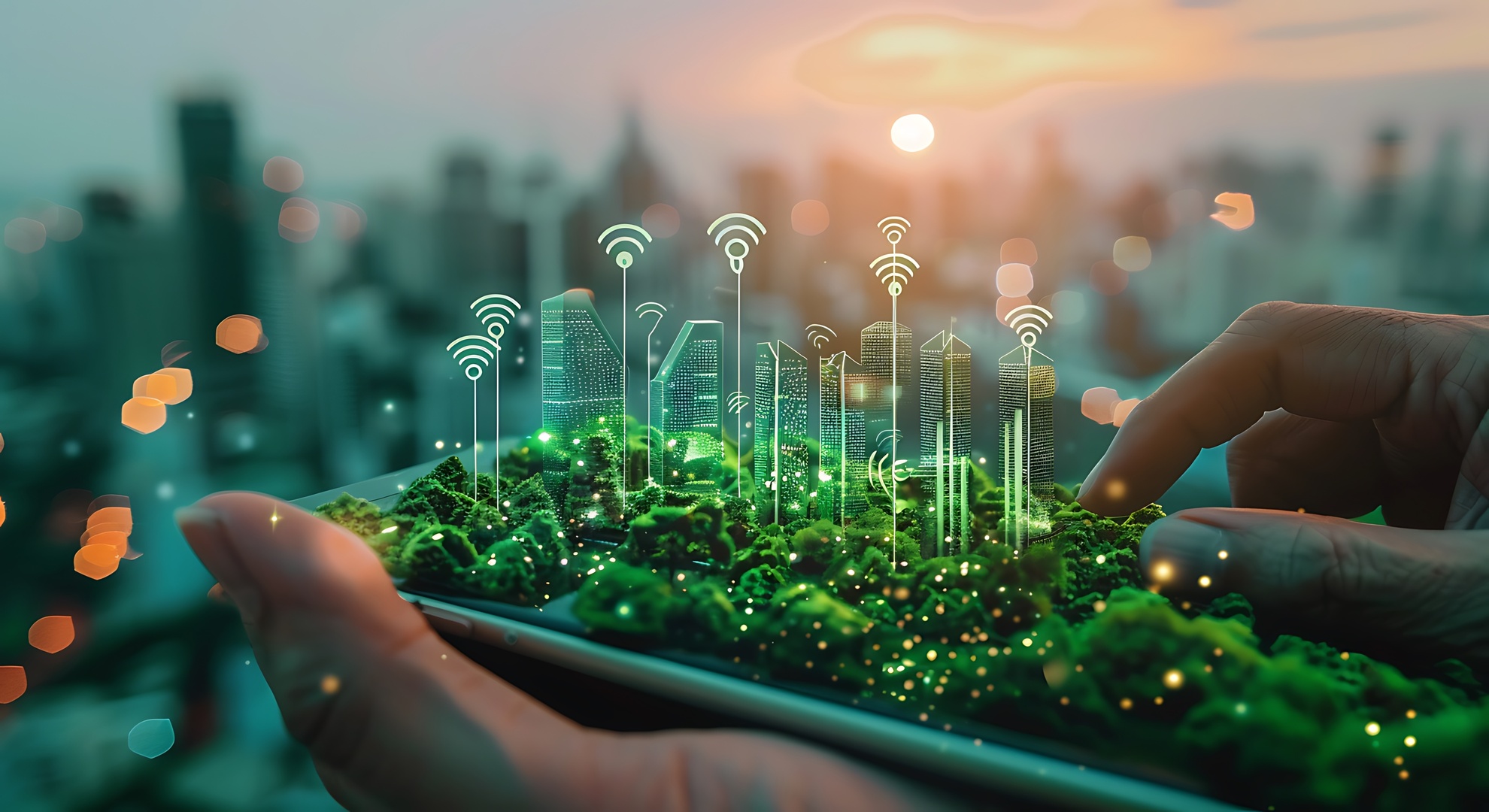
17 Jan Fibre optics and 5G networks: paving the way to sustainable connectivity
In a hyperconnected society that continues to move towards greater technological interdependence, challenges abound. Connectivity is no longer just about sharing information quickly, reliably, and securely. It now also demands a focus on sustainability, as neither can thrive without the other. On this shared path, technologies like fibre optics and 5G are poised to play a pivotal role in the near future.
Why fibre optics leads the way: efficiency and sustainability
When it comes to connectivity, fibre optics stands out as an undisputed leader, serving as the de facto standard for wired data transmission. What underpins its dominance? Primarily, its ability to transmit data at exceptionally high speeds, with minimal energy loss, unparalleled stability, and no degradation of information—a stark contrast to the copper cables of the past.
This energy efficiency makes fibre optics a highly sustainable connectivity solution, delivering an exceptional user experience with such seamless performance that users often “forget” the technology is at work. While the initial cost of installing fibre optics might seem relatively high, the long-term benefits render these expenses almost negligible in comparison.
5G: The green technology of the future
While fibre optics reigns supreme in its domain, the paradigm of late 20th-century and early 21st-century connectivity is undeniably tied to wireless solutions and mobility. This is where 5G emerges as a natural partner to fibre optics. Promising even faster speeds and negligible latency, 5G has been designed from the outset with sustainability in mind.
A recent GSMA report highlights that 5G networks consume up to 90% less energy per unit of data transmitted compared to 4G. This is made possible through innovations like dynamic antenna shutdown and intelligent resource allocation based on real-time demand.
In 2024, 5G adoption continued to accelerate, with new deployments integrating renewable energy sources and recyclable materials into equipment, cementing its status as the most eco-friendly option for mobile connectivity in the future.
The evolution of 5G technology in 2024
Since its initial rollout, 5G has evolved steadily and significantly. In its early years, 5G networks focused on delivering faster speeds and greater capacity. By 2024, the focus has shifted towards creating intelligent ecosystems.
Today, 5G powers smart cities—or the foundational ecosystems needed to make them a reality—autonomous vehicles, and advanced industrial networks, positioning itself as a driving force behind digital transformation. Additionally, ongoing infrastructure upgrades are improving access in rural communities, helping bridge the digital divide and fostering more inclusive connectivity.
Based on these advancements, it’s clear that fibre optics and 5G are not in competition for dominance. Instead, they are complementary allies, working together to achieve the ultimate goal of global connectivity without sacrificing energy resources or harming the environment.
Some tips for saving on connectivity
The main stakeholders in reducing the sustainability impact of connection technologies are operators and other large-scale industry players. However, it’s also worth considering some common-sense practices to achieve significant savings in connectivity: choosing a plan that combines fibre optics and 5G, using smart tools to optimize data usage based on actual needs, or taking advantage of subsidies, grants, and limited-time offers are a few examples.

